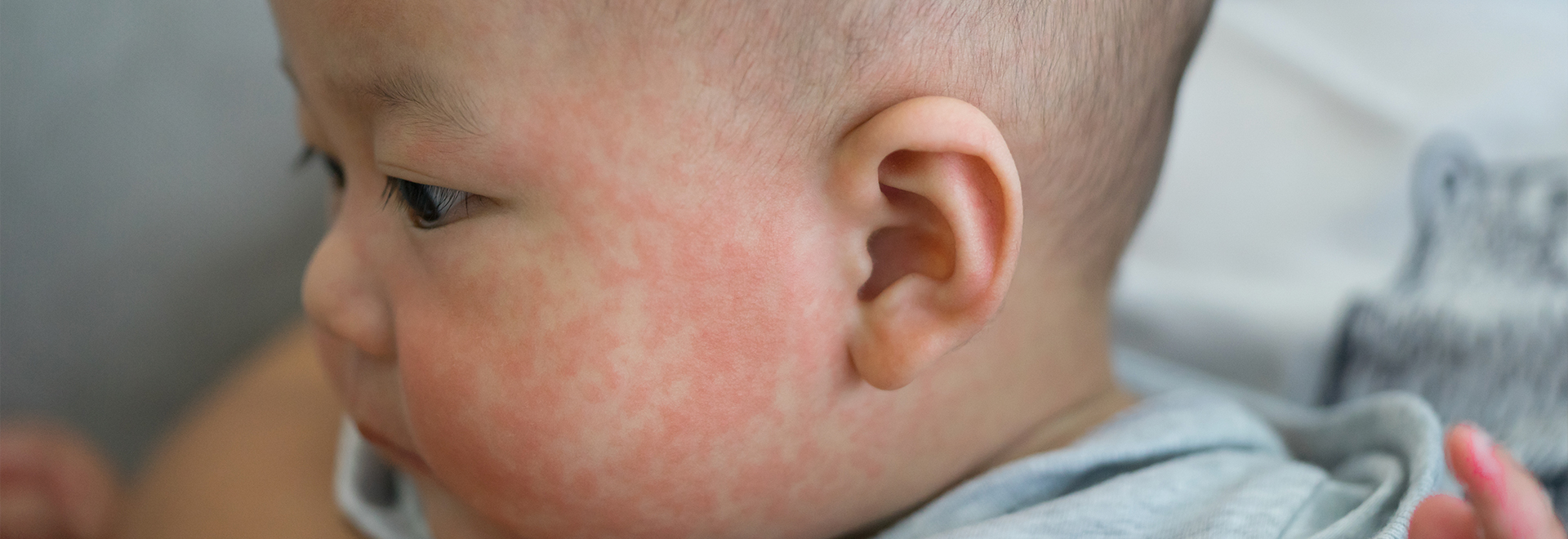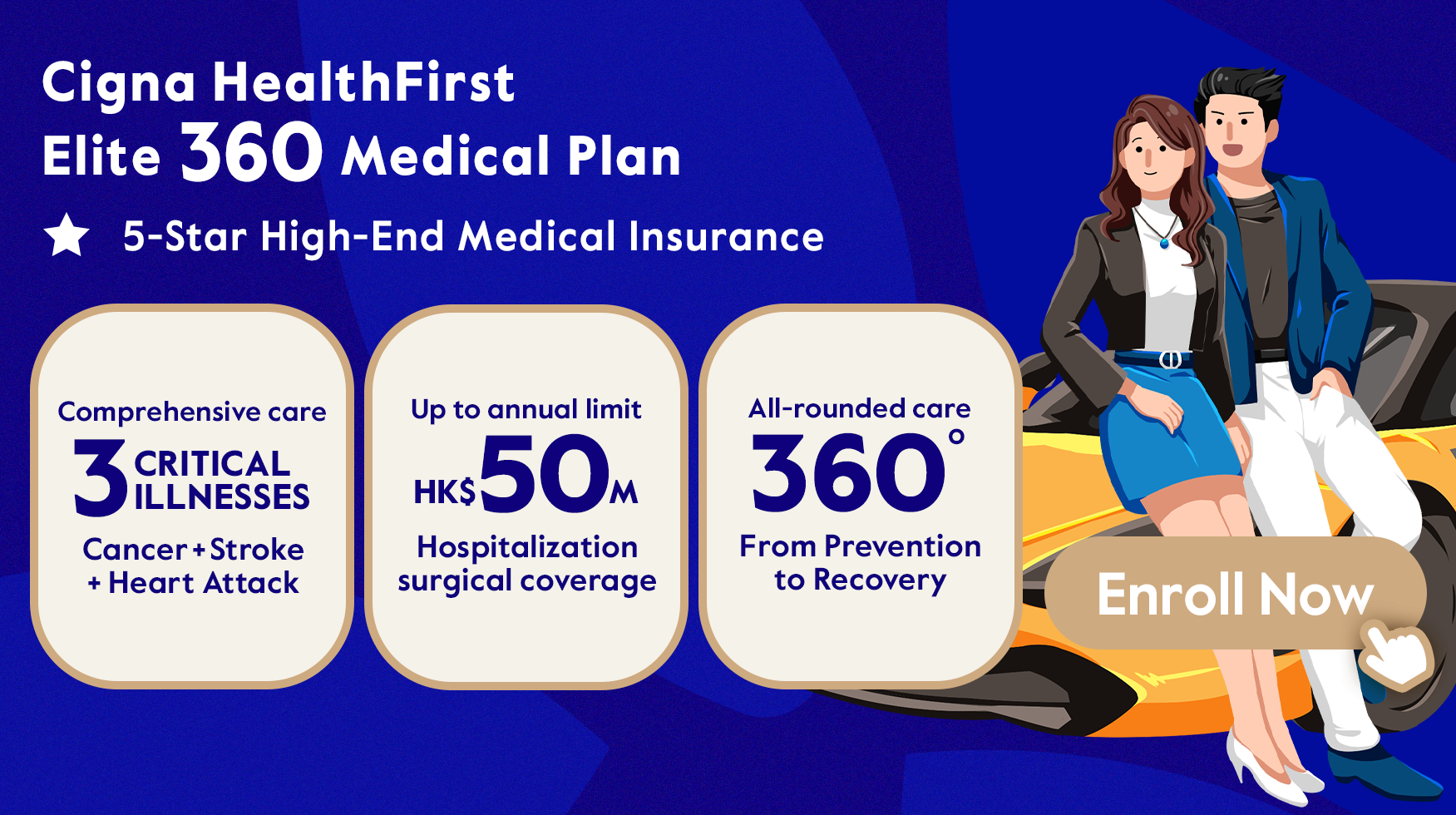Recently, the confirmed cases of the new COVID-19 variant - Omicron have been surging globally, and Hong Kong also has several imported cases. Compared with coronavirus, Kawasaki disease has similar symptoms. So, do you know what it is and its association with COVID-19? In this article, Cigna Smart Health explains the disease’s causes, symptoms and treatments for you.
What Is Kawasaki Disease?
Kawasaki disease (KD) was firstly described by a Japanese pediatrician Tomisaku Kawasaki and is named after him. KD is a disorder of the immune system which is commonly found among children aged from 6 months to 5 years old. It causes swelling (inflammation in the walls of small to medium-sized blood vessels that carry blood throughout the body and to vital organs, such as the brain and heart. Without immediate treatment, it may lead to coronary artery dilatations and aneurysms. Therefore, KD is considered the most common cause of acquired heart disease among children.
Why Is Kawasaki Disease Associated with COVID-19?
Although the symptoms of coronavirus and KD are similar, their inflammatory syndrome and age of incidence are still different. Furthermore, there is no scientific evidence showing that these two diseases have any direct links. You could see the differences in the table below.
|
COVID-19 |
Kawasaki Disease |
|
|
Age of Incidence |
10 years old in average |
6 months to 5 years old |
|
Symptoms |
A rash concentrated on the arms and legs; cause digestive problems |
A rash on the main part of the body; affect the coronary arteries |
Causes of Kawasaki Disease
The exact cause of Kawasaki disease is still unknown. It may happen after a bacterial or viral infection, or that it is linked to other environmental factors which lead to the inflammatory response from the body’s vessels. As agreed by many scientists, the disease is not contagious from person to person. However, certain genes from family members might make children more likely to get Kawasaki disease.
Symptoms of Kawasaki Disease
Your child may have Kawasaki disease if he/she has a high fever for five or more days with at least four of the following signs and symptoms. To diagnose KD, your doctor may conduct blood tests and echocardiograms (ultrasound images of the heart). Below are the common symptoms of Kawasaki disease.
- Head tilted slightly
- Rashes on the face and the body
- An enlarged lymph node on one side of the neck
- Extremely red eyes without a thick discharge
- Swollen, red skin on the palms of the hands and the soles of the feet; Pain while pressing
- Red, dry, cracked or even bleeding lips
- Swollen tongue
- Red, cracked and inflamed mouth
Treatments of Kawasaki Disease
To reduce the risk of heart-related complications, your child should receive treatment for Kawasaki disease as soon as possible. According to Dr. LEE Shuk Han Maria, the Immediate Past President of the Hong Kong Society of Paediatric Cardiology, the chance of developing into coronary hemangioma can be as low as 5% if intravenous immunoglobulin (IVIG) is injected at the initial stage of KD. The following are the two common treatments for Kawasaki Disease.
1. Intravenous immunoglobulin (IVIG)
Intravenous immunoglobulin given within the first 10 days of the disease reduces the risk of damage to the coronary arteries in children, without serious adverse effects. Every six hours, a high dose of an immune protein is injected to relieve the inflammation and swelling of blood vessels. The injection can lower the risk of coronary hemangioma from 25% to less than 5%.
2. Aspirin
Since Kawasaki disease can possibly develop into heart disease, long-term supervision on your child’s heart condition is required after recovery. Sometimes, your child may be prescribed aspirin at low doses to reduce swelling and blood clots and prevent acquired heart disease.
Sequelae and Complications of Kawasaki Disease
Although Kawasaki disease rarely causes death, your child may have a coronary aneurysm, myocardial infarction, arrhythmia and peripheral vascular obstruction without prompt treatments. Apart from acquired heart diseases, the below sequelae and complications can be developed.
- Damage on the cardiovascular system
- Arthritis
- Gallbladder edema
- Diarrhea, vomiting and other digestive problems
- Aseptic meningitis
The sequelae and complications of Kawasaki disease are numerous and long-lasting in which coronary artery disease poses the greatest threat to your child. You should pay extra attention to your child’s health and take prompt action.
Cigna HealthFirst Elite 360 Medical Plan offers comprehensive and personalized medical coverage across the stage prevention, diagnosis, treatment and recovery, with a range of hospital and surgical benefits, optional insurance benefits with an annual limit of up to HK$50 million, personalized health assessment, three critical illnesses(cancer, stroke and heart attack) all-rounded care and international medical concierge service. A 360-degree total health protection that spans across all the key stages of your health journey. Learn more here.


